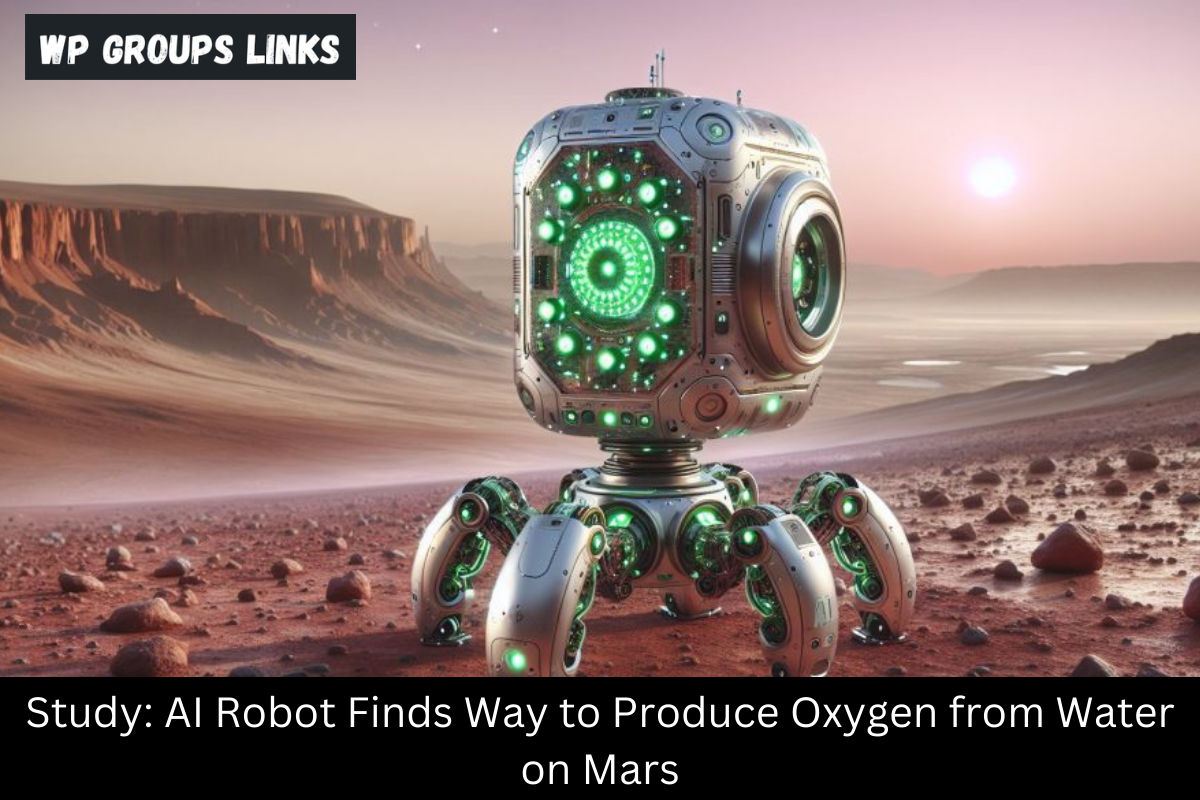Study: AI Robot Finds Way to Produce Oxygen from Water on Mars
The barren landscapes of Mars have long captured the imagination of scientists and space enthusiasts alike. The quest for human colonization on the Red Planet faces numerous challenges, one of the most critical being the production of oxygen. In a groundbreaking development, an AI robot has successfully found a way to produce oxygen from water on Mars.
Background on Mars Exploration
Over the years, various missions have explored Mars, providing valuable insights into its geology and atmosphere. However, the harsh conditions and lack of essential resources have made sustaining life on Mars a formidable challenge. The need for a continuous, renewable source of oxygen is paramount for any potential human settlement.
The Role of Oxygen in Martian Colonization
Oxygen is not just a breathing necessity; it is the key to unlocking the potential of Mars for human habitation. From breathing air to supporting combustion for rocket fuel, the applications of oxygen are diverse and indispensable. The AI robot’s discovery offers a promising solution to this critical challenge.
The AI Robot’s Mechanism
This revolutionary AI robot employs advanced technology to extract oxygen from water on Mars. Using a combination of innovative sensors and sophisticated processing algorithms, the robot can efficiently break down water molecules into oxygen and hydrogen. The compact and autonomous nature of the robot makes it a practical and scalable solution for Mars missions.
Implications for Future Mars Missions
The implications of this discovery are monumental for the future of Mars exploration. With a sustainable source of oxygen, the viability of extended human presence on Mars becomes more realistic. This opens up new possibilities for scientific research, resource utilization, and even the establishment of colonies.
Comparison with Traditional Methods
Traditionally, oxygen production on Mars has been explored through chemical processes or the importation of oxygen from Earth. The AI robot’s method stands out for its efficiency, autonomy, and the use of locally available resources. This not only reduces the reliance on Earth for supplies but also enhances the self-sufficiency of Martian missions.
Overcoming Challenges
While the AI robot’s success is a significant leap forward, challenges remain. Harsh Martian conditions, technical glitches, and the need for further optimization are hurdles that researchers and engineers must overcome. Continued refinement of the technology is essential for its successful integration into future Mars missions.
Public and Scientific Reactions
The scientific community has greeted this discovery with a mix of excitement and cautious optimism. Public interest has surged, with many now envisioning a future where Mars is not just a distant dream but a tangible destination for human exploration and habitation.
Ethical Considerations
As we celebrate technological advancements, it’s crucial to address the ethical considerations surrounding AI in space exploration. Ensuring responsible use, preventing unintended consequences, and considering the impact on the Martian environment are all critical aspects that require careful consideration.



